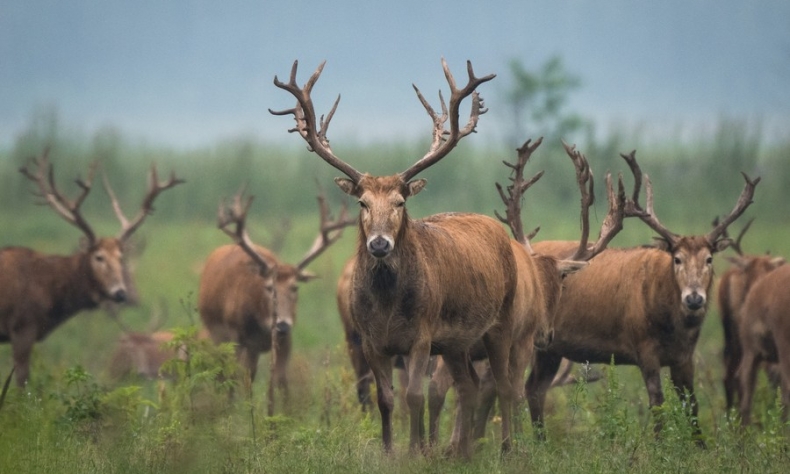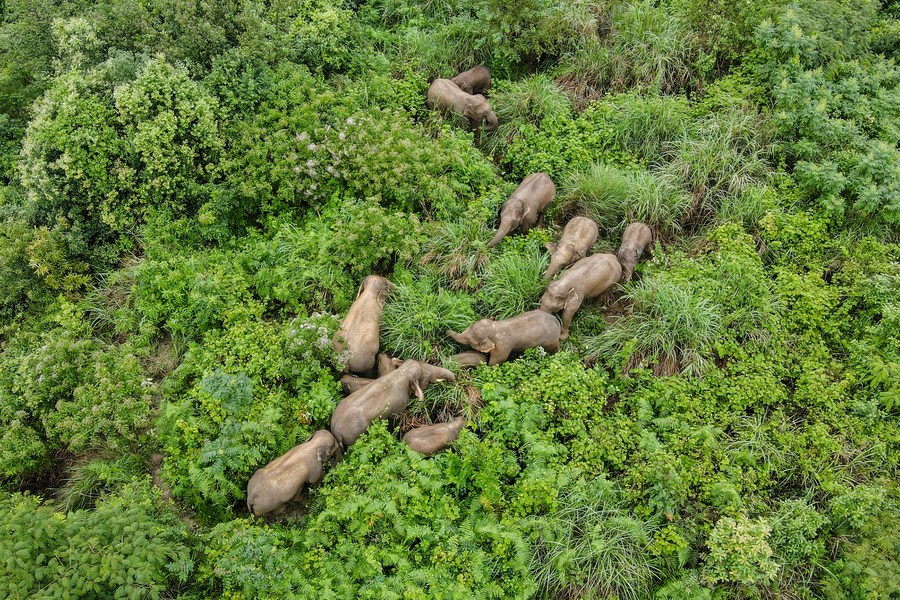Preserving Biodiversity, an Urgent Demanding Task

The concepts of biodiversity and climate should be embedded in every decision we make regarding our development in the coming years.
The chit chat at family dinner a couple of years ago turned political when we began discussing the best alternatives for my home country’s development. I argued, on a self-sufficient line, that protecting and managing our biodiversity instead of relying on fossil fuels — as we had for decades — was Colombia’s best possible strategy. To me, in view of our enviable competitive advantage of hosting around 10 percent of the world’s biodiversity, this made irrefutable sense.
But the knee-jerk response of a family friend knocked the wind out of my sails. Genuinely curious, he asked, “What the heck is biodiversity? How do you use it? How can it improve our GDP?”
I began to tell him. Biodiversity is an enigmatic concept that encompasses the broad scope of the Earth’s ecosystems — from forests to mangroves, to wetlands, and to reefs. It consequently includes the around 8.7 million plant and animal species that scientists have estimated to be in existence across the world. Biodiversity also includes the vast genetic resources in nature that are used in botanical medicine personal care and cosmetic industries, and for advanced materials, among others.
Biodiversity is the basis of life on this planet. All the environmental elements we rely on for our survival — water, food, and air — hinge on it, from the trees that clean the air by absorbing harmful airborne particles and gaseous pollutants to the rain that replenishes the soil, to our insect-pollinated crops. Yet this rich seam of resources is being irreversibly destroyed. Once extinct, a species is gone forever, and with it the knowledge we could potentially gain from its regeneration of life on Earth.

There has been a 68 percent drop in our wildlife populations, according to the 2020 Living Planet Report. The State of the World’s Forests 2020 issued by the Food and Agriculture Organization of the UN also reported an annual loss of 10 million hectares of forest during the period of 2015-2020, and the evisceration of natural habitats by unsustainable supply chains.
The conversation at my family’s dinner table is little different from the ones we hold within the public and private sectors. Biodiversity protection is yet to become a bankable solution mainstreamed into our economic system. Despite being of planetary concern, the issue affects some countries more than others. The United Nations Development Program has classified China, as it did my home country of Colombia, as one of the world’s most mega-biodiverse countries, host to around 10 percent of the Earth’s plant species and 14 percent of its animals.
The scientific community has highlighted the serious risks that biodiversity loss creates, warning that by 2050 nature’s losses could cost up to US $9.87 trillion in GDP, according to the World Wildlife Fund Global Futures Report. Biodiversity loss, moreover, is one of the top five risks the world faces in terms of likelihood and impact, according to the World Economic Forum’s Global Risk Report 2020.
Many such risks are now a reality. The COVID-19 pandemic could be the result of biodiversity loss. As the team led by Kate Jones, an ecological modeler at University College London, found: “The populations of species known to host diseases transmissible to humans — including 143 mammals such as bats, rodents, and various primates — increased as the landscape changed from natural to urban, and as biodiversity generally decreased.” As habitat loss grows, so too does the risk of zoonosis.

Yet, the action taken to address the problem does not correlate with the urgency and dimensions of this challenge. One year ago, the 196 member countries of the Convention on Biological Diversity (CBD) were scheduled to meet in China to adopt a new Strategic Plan for Biodiversity. As the previous 10-year action framework and its 20 Aichi Targets that ended in 2020 had failed to halt biodiversity loss, the intention was to hold a meeting similar to the 2015 Conference of the Parties (COP21) that led to the adoption of the Paris Agreement. The meeting was postponed, but will reconvene in Kunming, China, in October 2021.
Why has gaining traction on biodiversity been so difficult? Why aren’t companies and governments pledging ambitious targets to address the matter?
Biodiversity loss is an insidious problem. As with the climate crisis, its resolution demands an urgent, scalable change of systems to achieve the dramatic shift from depletion to regenerative positive impact. But this remains a distant goal, and the window of opportunity is closing.
However, we can still act to mobilize the funds, technology, and expertise needed to deliver on this century’s most crucial initiative — recovering our planet’s nature. Companies should, as with the climate crisis, pinpoint science-based targets for preserving nature, and governments should rally state commitments. We need a new Strategic Plan for Biodiversity, along with the means to implement it, and the finance required to deliver results. We must moreover set up supply chain traceability in order to pinpoint and address the culprits of biodiversity loss.
But most importantly, the concepts of biodiversity and climate should be embedded in every decision we make regarding our development in the coming years. The question should no longer be: What the heck is biodiversity? It should rather be: What are we doing to preserve biodiversity?
Carolina Garcia is a One Young World Ambassador from Colombia and an advisor to the InterAction Council on biodiversity.
Source: China Today
 Facebook
Facebook
 Twitter
Twitter
 Linkedin
Linkedin
 Google +
Google +










